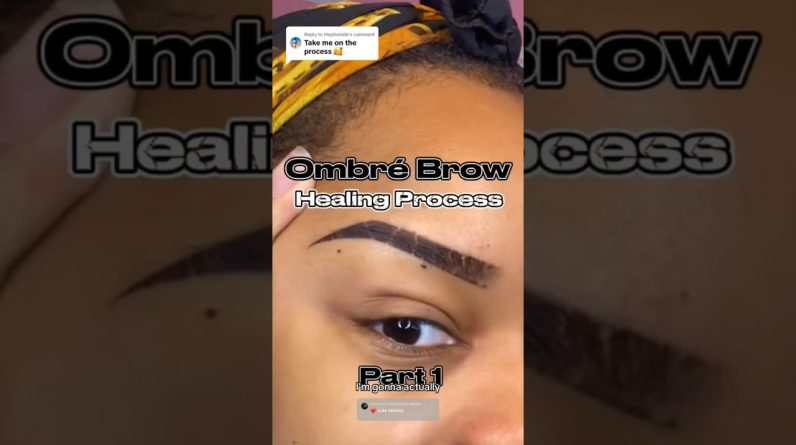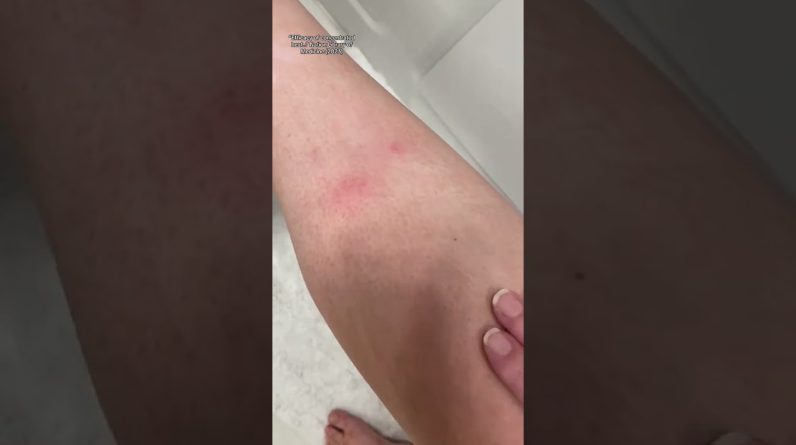Everything You Need to Know About Cellulitis
What is cellulitis?
Cellulitis is a common and sometimes painful bacterial skin infection. It may first appear as a red, swollen area that feels hot and tender to the touch. The redness and swelling can spread quickly.
It most often affects the skin of the lower legs, although the infection can occur anywhere on a person’s body or face.
Cellulitis usually happens on the surface of the skin, but it may also affect the tissues underneath. The infection can spread to your lymph nodes and bloodstream.
If you don’t treat cellulitis, it could become life threatening. Get medical help right away if you have symptoms.
Symptoms
Cellulitis symptoms include:
pain and tenderness in the affected area
redness or inflammation of your skin
a skin sore or rash that grows quickly
tight, glossy, swollen skin
a feeling of warmth in the affected area
an abscess with pus
fever
More serious cellulitis symptoms include:
shaking
chills
feeling ill
fatigue
dizziness
lightheadedness
muscle aches
warm skin
sweating
Symptoms like these could mean that cellulitis is spreading:
drowsiness
lethargy
blisters
red streaks
Contact your doctor right away if you have any of these symptoms.
Treatment
Cellulitis treatment involves taking antibiotics by mouth for 5 to 14 days. Your doctor may also prescribe pain relievers.
Rest until your symptoms improve. Raise the affected limb higher than your heart to reduce swelling.
Cellulitis should go away within 7 to 10 days after you start taking antibiotics. You might need longer treatment if your infection is severe due to a chronic condition or a weakened immune system.
Even if your symptoms improve within a few days, take all the antibiotics your doctor prescribed. This will make sure all of the bacteria are gone.
Contact your doctor if:
you don’t feel better within 3 days after starting antibiotics
your symptoms get worse
you develop a fever
You may need to be treated with intravenous (IV) antibiotics in a hospital if you have:
a high temperature
low blood pressure
an infection that doesn’t improve with antibiotics
a weakened immune system due to other diseases
Causes
Cellulitis occurs when certain types of bacteria enter the skin through a cut or crack. Staphylococcus and Streptococcus bacteria can cause this infection.
The infection can start in skin injuries such as:
cuts
bug bites
surgical wounds
Diagnosis
Your doctor will likely be able to diagnose cellulitis just by looking at your skin. A physical exam might reveal:
swelling of the skin
redness and warmth of the affected area
swollen glands
Depending on the severity of your symptoms, your doctor may want to monitor the affected area for a few days to see if the redness or swelling spread. In some cases, your doctor may take blood or a sample of the wound to test for bacteria.
Is cellulitis contagious?
Cellulitis usually doesn’t spread from person to person. Yet it’s possible to catch cellulitis if you have an open cut on your skin that touches an infected person’s skin.
You’re more likely to catch cellulitis if you have a skin condition like eczema or athlete’s foot. Bacteria can enter your skin through cracks that these conditions cause.
A weakened immune system also increases your risk of catching cellulitis because it can’t protect you as well against the infection.
If you do catch cellulitis, it could be dangerous if you don’t get treated. That’s why it’s important to tell your doctor.
Home remedies for cellulitis
Cellulitis is treated with antibiotics you get from your doctor. Without treatment, it can spread and cause a life threatening infection.
But there are things you can do at home to relieve pain and other symptoms.
Clean your skin in the area where you have cellulitis. Ask your doctor how to properly clean and cover your wound.
If your leg is affected, raise it above the level of your heart. This will help reduce swelling and relieve pain.
Here’s how to take good care of your skin at home while you recover from cellulitis.
Cellulitis surgery
Antibiotics generally clear up the infection in most people. If you have an abscess, it may need to be drained with surgery.
For surgery, you first get medicine to numb the area. Then the surgeon makes a small cut in the abscess and allows the pus to drain out.
The surgeon then covers the wound with a dressing so it can heal. You may have a small scar afterward.
Cellulitis risk factors
Several factors increase your risk of cellulitis, including:
a cut, scrape, or other injury to the skin
a weakened immune system
skin conditions that cause breaks in the skin, such as eczema and athlete’s foot
IV drug use
diabetes
a history of cellulitis
swelling of your arms or legs (lymphedema)
obesity
Complications
Complications of cellulitis can be very serious if left untreated. Some complications can include:
severe tissue damage (gangrene)
amputation
damage to internal organs that become infected
shock
death
Prevention
source








